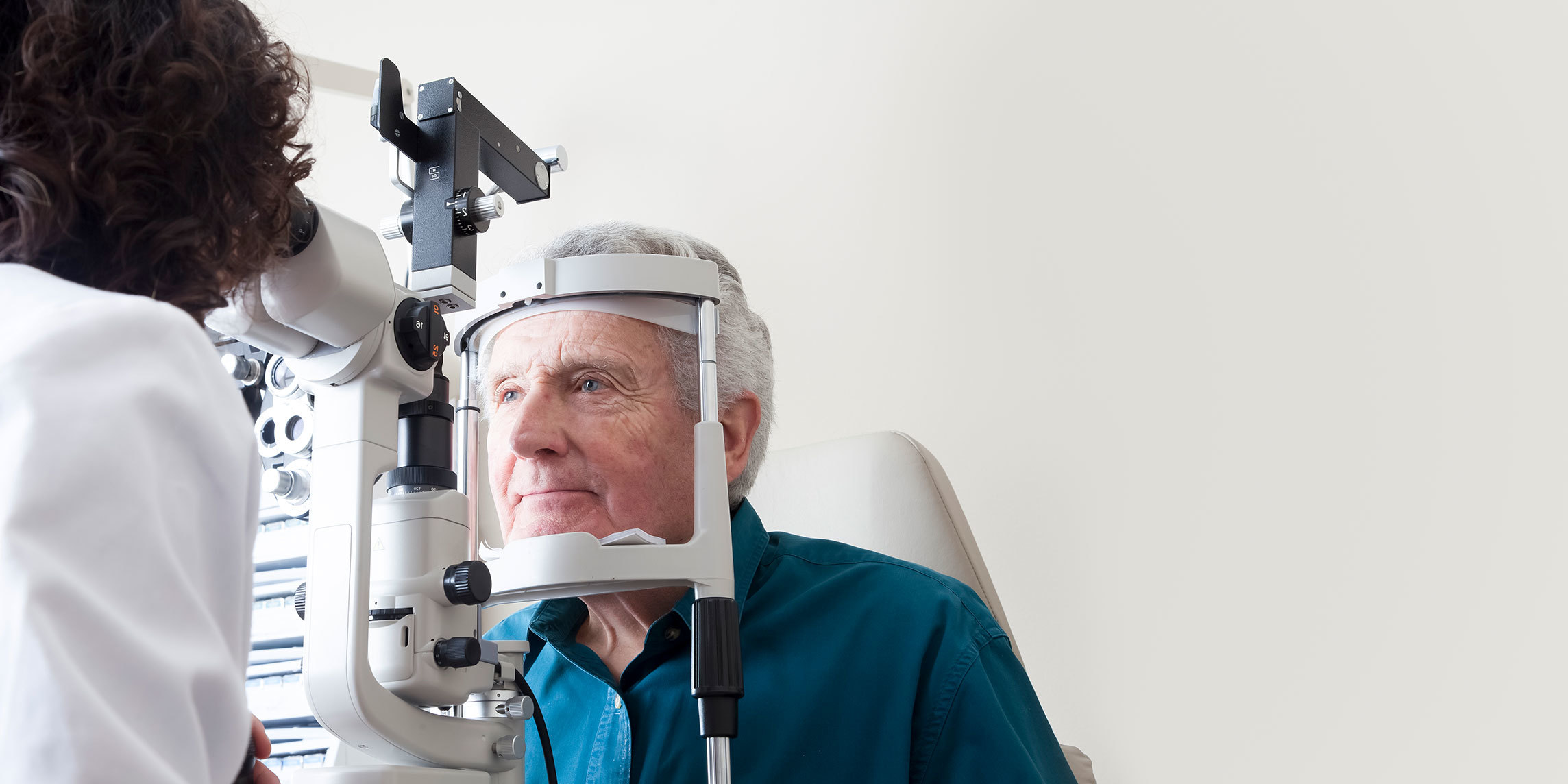About Horner’s Syndrome
The autonomic nervous system is the network your brain uses to regulate involuntary bodily functions. The sympathetic system is the subset of the autonomic nervous system that activates your body’s “fight-or-flight” response to perceived threats. Horner’s syndrome is caused by disturbances in the sympathetic nerve pathways between the brain and the eye. The condition thus involves difficulties with involuntary functions such as pupil dilation that are governed by these connections. The oculosympathetic damage that leads to Horner’s syndrome may result from a range of underlying causes, some very serious.
Types of Horner’s Syndrome
The sympathetic nervous system connecting your brain to the eyes includes a cascade of signal transmission over three groups of nerve cells (neurons). Horner’s syndrome can occur when any of these neurons are damaged.
Types of Horner’s syndrome include:
- First order (central) Horner’s syndrome: The neurons from the hypothalamus in the brain lead down through the brain stem and spinal cord to the chest. Damage or obstruction of this nerve pathway may occur due to sudden interruption of blood flow to the brain stem, a tumor of the hypothalamus, or spinal cord lesions
- Second order (preganglionic) Horner’s syndrome: The second stage of the nerve pathway leads from the chest to the top of the lungs and along the carotid artery of the neck. Conditions that can damage or obstruct this nerve pathway include tumors or trauma affecting the neck, lungs, or chest.
- Third order (postganglionic) Horner’s syndrome: This nerve path travels from the neck to the middle ear and eye. Problems with this nerve pathway may result from lesions of the carotid artery, middle ear infections, injury to the base of the skull, migraine, or cluster headaches.
Symptoms of Horner’s Syndrome
Horner’s Syndrome typically affects only one side of the face and may be subtle and difficult to detect.
Symptoms of Horner’s syndrome may include:
- Drooping of the upper eyelid (ptosis)
- Little or delayed dilation of the affected pupil in light
- Little to no sweating (anhidrosis) on the entire side of the face, or on an isolated patch of skin on the affected side
- Notable difference in pupil size between the two eyes (anisocoria)
- Persistently small pupil (miosis)
- Slight elevation of the lower lid (reverse ptosis)
- Sunken appearance to the eye
Risk Factors for Horner’s Syndrome
The risk factors associated with Horner’s syndrome reflect the condition’s many possible causes.
Risk factors for Horner’s syndrome may include:
- Family history
- Health history: Horner’s syndrome may be more common in individuals with a history of the following
- Apical lung cancer
- Certain infections
- Disorders of the neck, chest, or lungs
- Interruption of blood flow to the brain caused by a stroke, aneurysm, or embolism
- Malignant or benign lesion or tumor on the cervical nerves on one side of the body
- Migraines or cluster headaches
- Surgery
- Thyroid tumor
- Trauma to the neck or head
Treating Horner’s Syndrome at UT Health Austin
A careful eye exam measuring pupil response may be used in addition to other tests to help diagnose Horner’s syndrome, which can be difficult to identify. Treatment depends on which nerve is affected by your condition as well as the underlying cause of your symptoms. Your ophthalmologist is well-versed in the most current, evidence-based treatment recommendations, which may include medication, monitoring, or surgery, and will work with you to determine the best course of action.
Care Team Approach
At UT Health Austin, we take a multidisciplinary approach to your care. This means you will benefit from the expertise of multiple specialists across a variety of disciplines. Your care team will include fellowship-trained ophthalmologists, ophthalmic technicians, physician assistants, nurse practitioners, social workers, and more who work together to help you get back to the things in your life that matter most to you. We also collaborate with our colleagues at the Dell Medical School and The University of Texas at Austin to utilize the latest research, diagnostic, and treatment techniques, allowing us to identify new therapies to improve treatment outcomes. We are committed to communicating and coordinating your care with your other healthcare providers to ensure that we are providing you with comprehensive, whole-person care.
Learn More About Your Care Team

Mitchel and Shannon Wong Eye Institute
Health Transformation Building, 1st Floor
1601 Trinity Street, Bldg. A, Austin, Texas 78712
1-833-UT-CARES (1-833-882-2737)
Get Directions